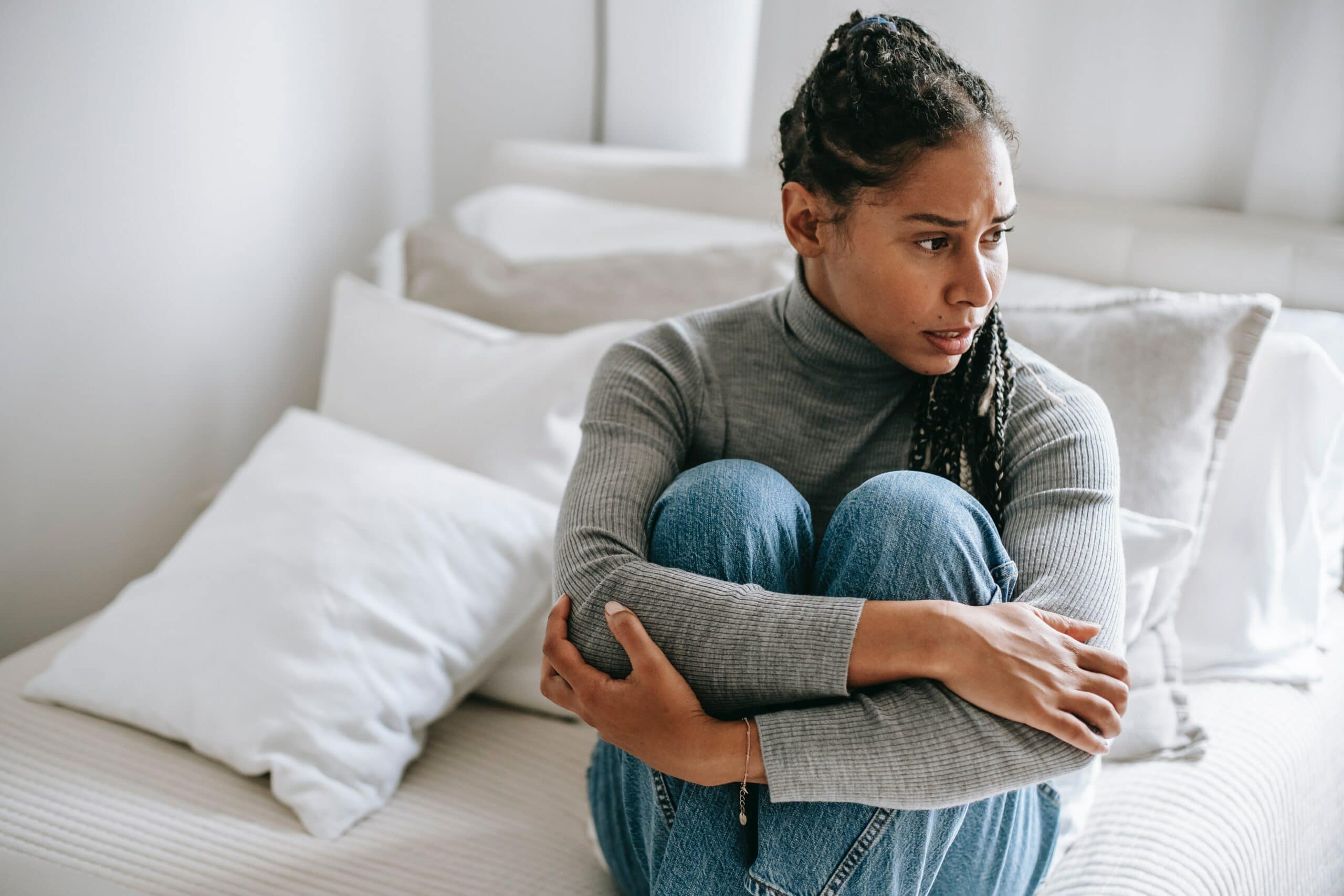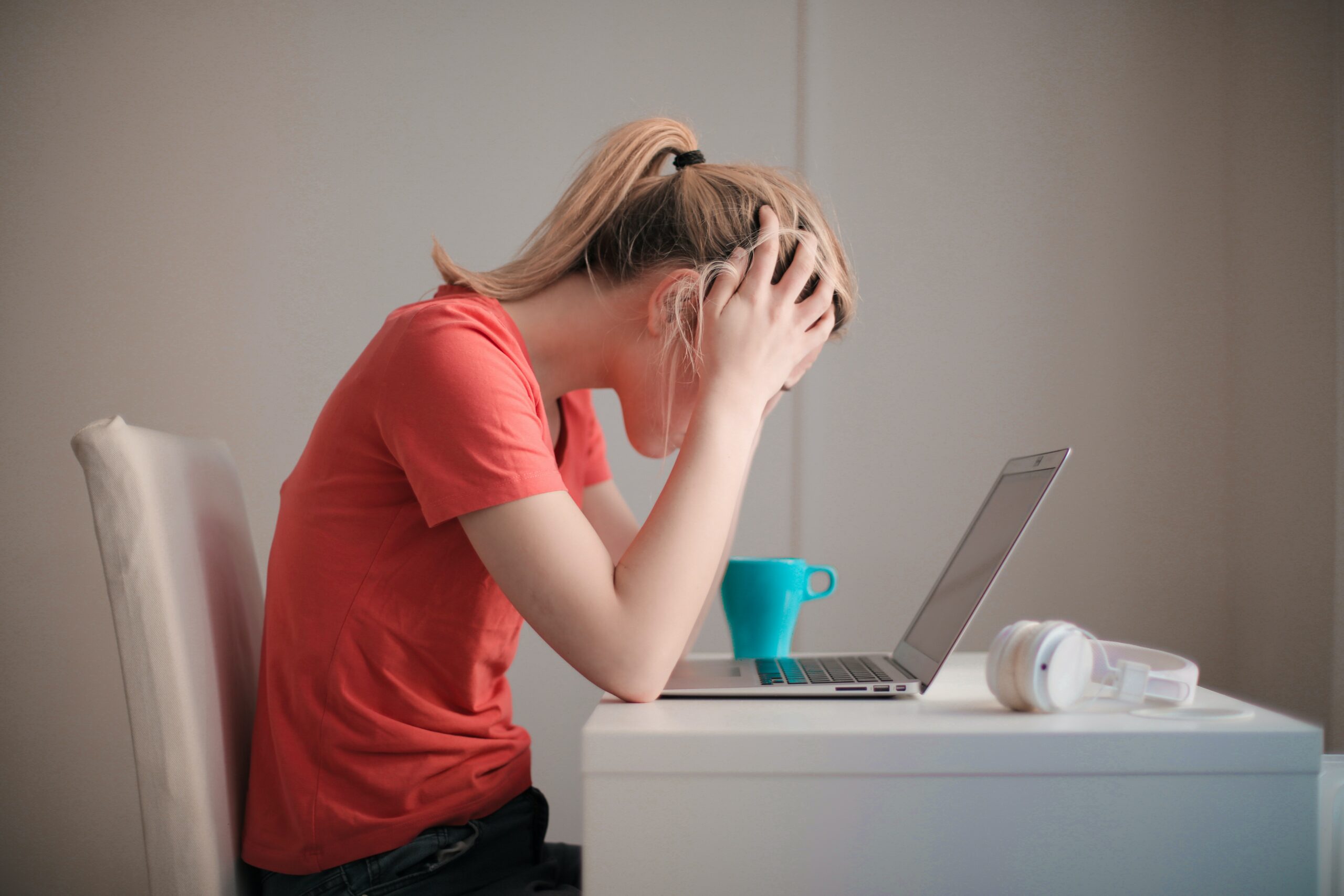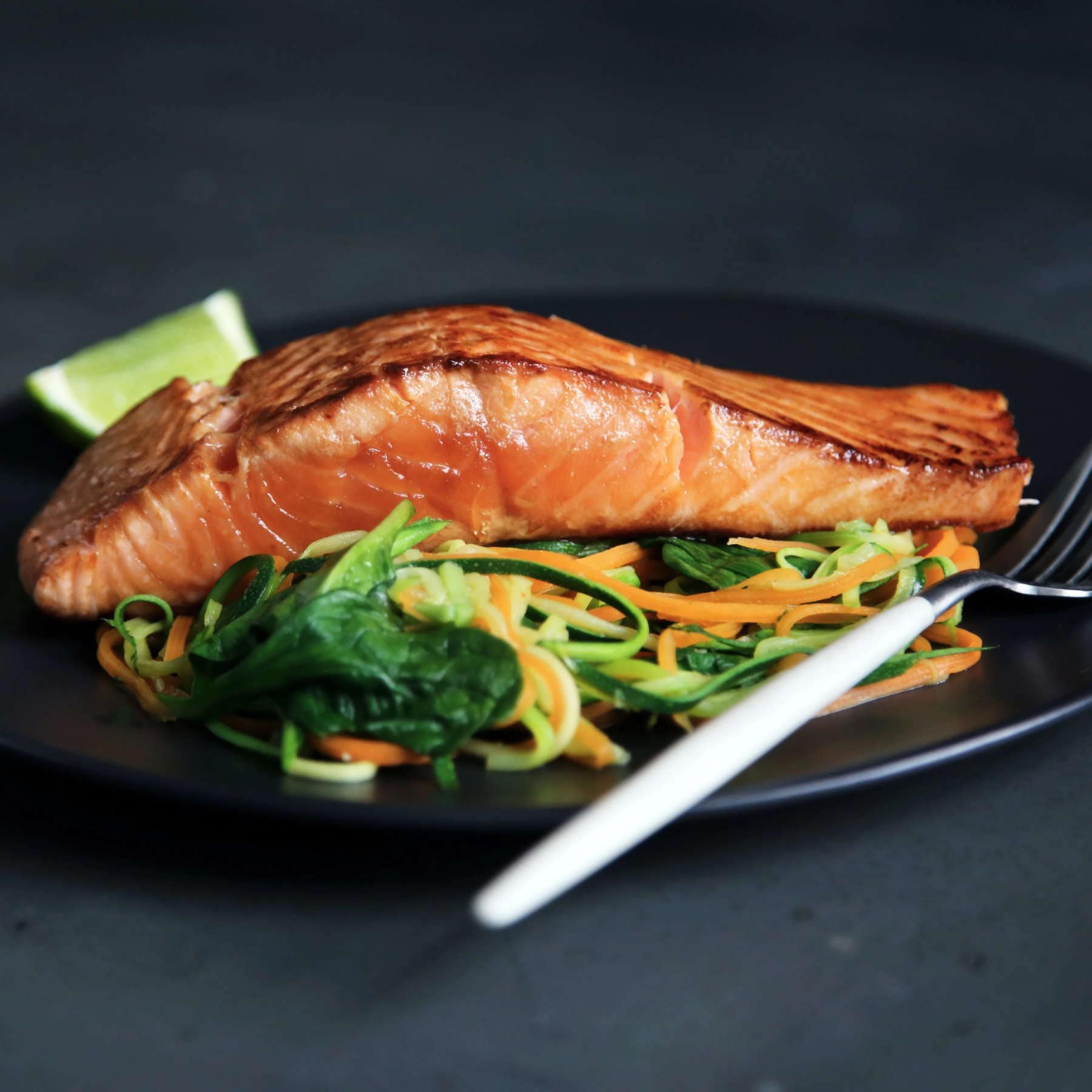Anxiety symptoms can overlap with some of the symptoms of perimenopause, making it difficult to determine whether the anxiety is specifically related to perimenopause or is due to general anxiety.
This article will look at the similarities and differences between perimenopause anxiety and general anxiety in the hope of helping you better understand your symptoms and the best way to manage them.

What Is Perimenopause?
Perimenopause is the period leading up to menopause, which is the end of a woman’s reproductive years. It typically occurs in a woman’s 40s or 50s, although the exact timing can vary.
During perimenopause, hormonal changes occur in a woman’s body, which can result in various physical and emotional symptoms, including anxiety.
Both perimenopause and anxiety can cause changes in mood, emotions, and physical sensations.
For example, perimenopause can cause hormonal fluctuations that may result in mood swings, irritability, and increased anxiety. Similarly, anxiety can also cause symptoms such as restlessness, difficulty concentrating, irritability, and changes in sleep patterns.
Physical symptoms like hot flashes, palpitations, and sweating can also occur both during perimenopause and during anxiety episodes.

How Is Anxiety Different?
There are some differences between anxiety and perimenopause symptoms.
Perimenopause is typically characterized by a combination of physical and emotional symptoms related to hormonal changes in the body, such as irregular periods, changes in libido, vaginal dryness, and hot flashes.
Anxiety, on the other hand, is primarily a mental health condition characterized by excessive worry, fear, and unease that may or may not have a clear hormonal trigger.

How Can You Tell The Difference Between The Causes Of Anxiety Symptoms?
It can sometimes be challenging to determine whether anxiety symptoms are specifically related to perimenopause or if they are due to general anxiety. However, there are some factors that may help you differentiate between the two:
Age and hormonal changes:
If you are in your late 30s, 40s, or 50s and experiencing other physical symptoms associated with perimenopause, such as irregular periods, hot flashes, or changes in mood, it may be more likely that your anxiety is related to perimenopause.
Menstrual cycle patterns:
If you notice a pattern of increased anxiety or mood swings that coincide with your menstrual cycle, it could be a sign that your anxiety is related to hormonal changes associated with perimenopause.
Medical history:
If you have a history of anxiety or other mental health conditions, it is possible that your anxiety is unrelated to perimenopause and is instead a preexisting condition.
Severity and persistence of symptoms:
While anxiety related to perimenopause can be distressing, it is typically temporary and improves as hormonal fluctuations stabilize. If you are experiencing persistent and severe anxiety symptoms that interfere with your daily functioning, it may be more indicative of general anxiety that requires professional evaluation and treatment.

Perimenopause And Anxiety Are Linked
But they are both manageable with the right support and understanding.
It’s important to remember that everyone’s experience with perimenopause and anxiety can vary, and not all women going through perimenopause will experience anxiety, and not all anxiety symptoms are necessarily related to perimenopause.
If you are experiencing symptoms that are affecting your daily life, it’s important to consult with a healthcare professional for a proper evaluation and diagnosis. They will help to determine the cause of your symptoms and develop an appropriate treatment plan tailored to your individual needs.
For more helpful advice and information you can head to my blog.
Don’t forget to let me know what you think in the comments below!



0 Comments